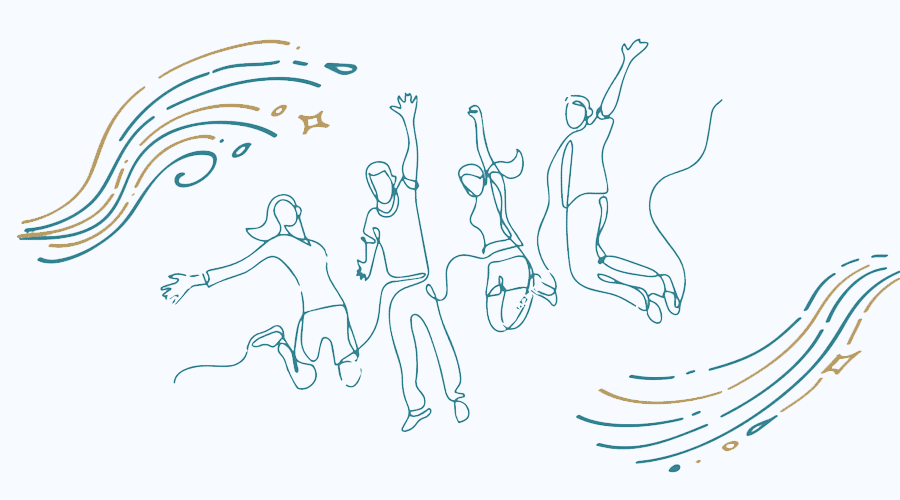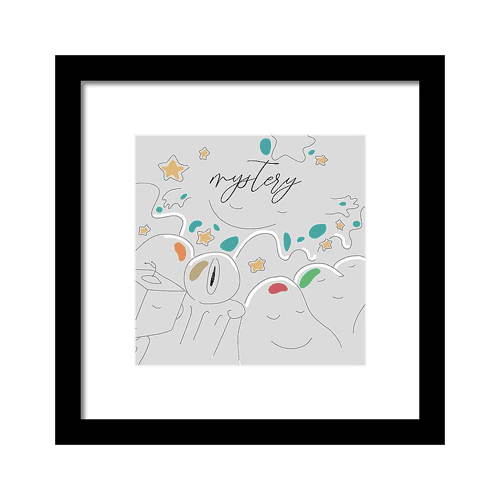Building truly mission-driven organizations is a worthy, if challenging, cause. We understand the principles: define a purpose, inspire people to bring their best thinking and full extent of their talents to bear to achieve it, foster a sense of connection and community that has members receive real benefit and gratification from participating in the common cause, and raise all boats in the process.
In practice, though, things rarely bear out quite that way. Espoused purpose collides with day-to-day practice, devotion dissolves into disillusionment, and the scales tilt toward avarice over equity. All this leaves a bad taste in our mouths and leaves us wondering whether the ideal of pursuing noble cause is worth it after all. To understand why this breakdown occurs so often, it is helpful to consider how we got here.
I’ve spent the last 30 years studying organizations and their histories and working both in and alongside some of the biggest brands in the world and in some of the most underserved communities, too. It turns out that most of the challenges that organizations face don’t vary that much whether you are working with a telecom giant, a global bank, a large non-profit trying to protect the planet, or community health organizations providing safety-net care to the disenfranchised. At the end of the day, doing good work together tends to boil down to our ability to listen and act empathetically (Be Kind), trust people with information that impacts their lives and affects their work (Be Open), develop systems that are resilient and agile (Be Adaptive), and lean into the relationships and partnerships required to meet our mission rather than building walls around our organizations (Be a Network). The confluence of all four of those characteristics is still elusive, too often, though.
Most of the ways that people have found to get things done together made some measure of sense when they first emerged, but eventually the reasons faded and the results remained. Eventually “how we did things” stopped matching the needs of the moment. Here’s a very quick, and oversimplified history of this evolution of organizing:
 Stage 1: Bigger is Better. In the beginning, core survival needs meant that bigger and stronger was better. Whomever could get more (food, shelter, fire, resources…) tended to win the day. This led to clan and tribe-like groupings of people who banded together for safety and security. Physical strength, brute force, or the ability to gather and hoard resources were likely determinants of power.
Stage 1: Bigger is Better. In the beginning, core survival needs meant that bigger and stronger was better. Whomever could get more (food, shelter, fire, resources…) tended to win the day. This led to clan and tribe-like groupings of people who banded together for safety and security. Physical strength, brute force, or the ability to gather and hoard resources were likely determinants of power.
Stage 2: Wisdom Wins. Eventually the bigger is better dynamic tends to devolve into warring factions and brute force reaches its natural limits. At that point, knowledge, insight, and strategy become more important. Being able to make better tools, think creatively, and codify and share what you have learned with others consolidates power, helps you control access to resources, and gives you the upper hand.
Stage 3: Mechanical Marvels. Smarts only take you so far if you can’t scale your solutions, though, so eventually the people who can take ideas and make them repeatable by others, or take small ideas and turn them into bigger ones, begin to get the edge. This helps lots of people contribute to making and building things, but concentrates power in the hands of those who make the machines and the methods.
Stage 4: Caring Communities. Machines can only do so much, however, and eventually living, breathing people get squeezed by systems not built for them. Some leaders begin to recognize that connecting people to the mission of their organizations and demonstrating care for their employees can be a competitive advantage. Organizations that position themselves as purpose-driven begin to attract top talent and set themselves apart.
Stage 5: Present to Purpose. Eventually, if those organizations espouse caring values, but don’t adjust and adapt their systems and processes to support these changing ways of leading and working, they create a disconnect that can erode faith in and commitment to that system. It is those leaders who can stay present to purpose and steer true to their core commitments in good times and bad that build the resilience to thrive over time. The networks of people they attract and inspire are those that will thrive as we head into this next era of organizing.
If we want to reap the rewards of steering true to our principles, we must consider how to reconcile the paradoxes of purpose and profit by examining how we can become more Kind, Open, and Adaptive Networks of people joining together to get good things done.
To read more, download the PDF.








